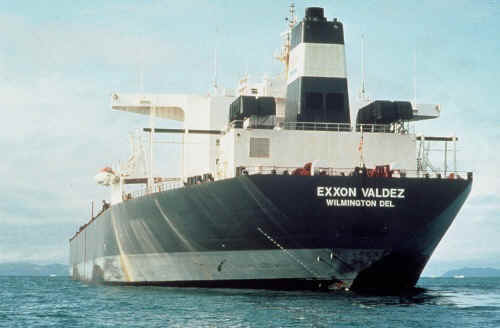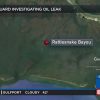
Few people say “no” to the White House, but when Terry Garcia received a phone call from the Obama administration in May, 2010, the request was not one that filled him with great joy. A series of explosions and firestorm the previous month had sunk the BP Deepwater Horizon drilling rig off the Gulf of Mexico, killing 11 people and injuring 17. The fireball could be seen for 64km or 40 miles.
The Macondo prospect was still gushing uncontrollably, and the finest brains in the oil and gas industry couldn’t plug the well. It was to become the biggest environmental disaster of its kind, releasing some 4.9 million barrels of oil over a 176,100 square kilometre area. As he recalls, until it was sealed in mid-July, the well was releasing the equivalent of two Exxon Valdez tankers a week.
And Exxon Valdez – the oil tanker which hit Alaska’s Prince William Sound in March, 1989 – was something he knew a fair bit about. During his time with the US National Oceanic and Atmospheric Administration (NOAA) in the mid 1990s, he led implementation of the restoration plan for the devastated environment.
It was no easy task, for the crude oil spill of some 10.8 million US gallons was then the largest of its kind in volume in US waters. Prince William Sound could only be reached by helicopter, plane or boat, which proved challenging for effective response. Deepwater Horizon, which succeeded Exxon Valdez as the largest spill, was far more accessible, he points out.
Source: Irish Times






